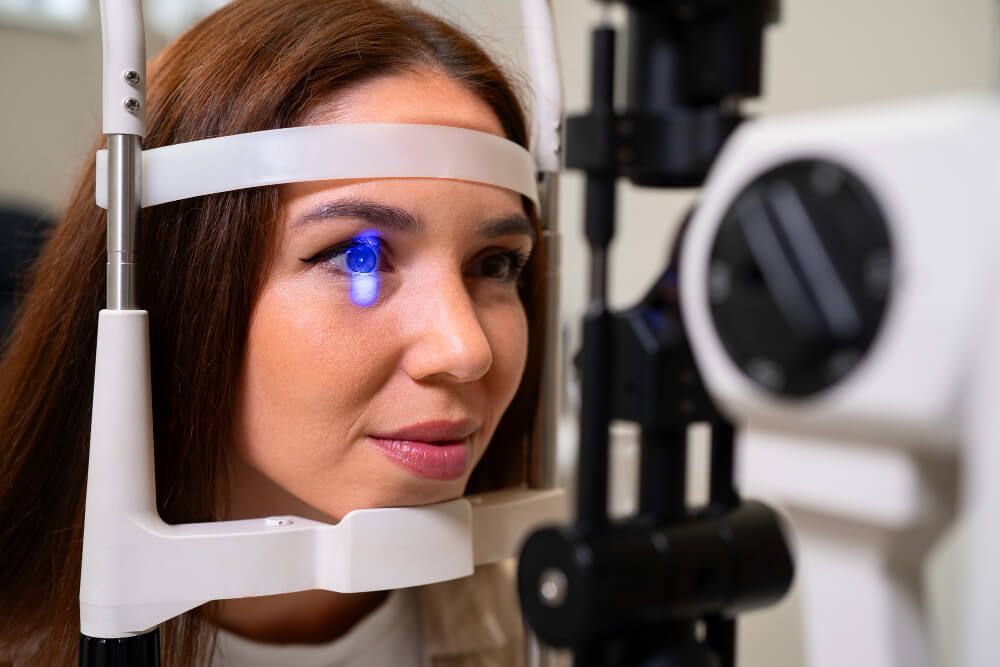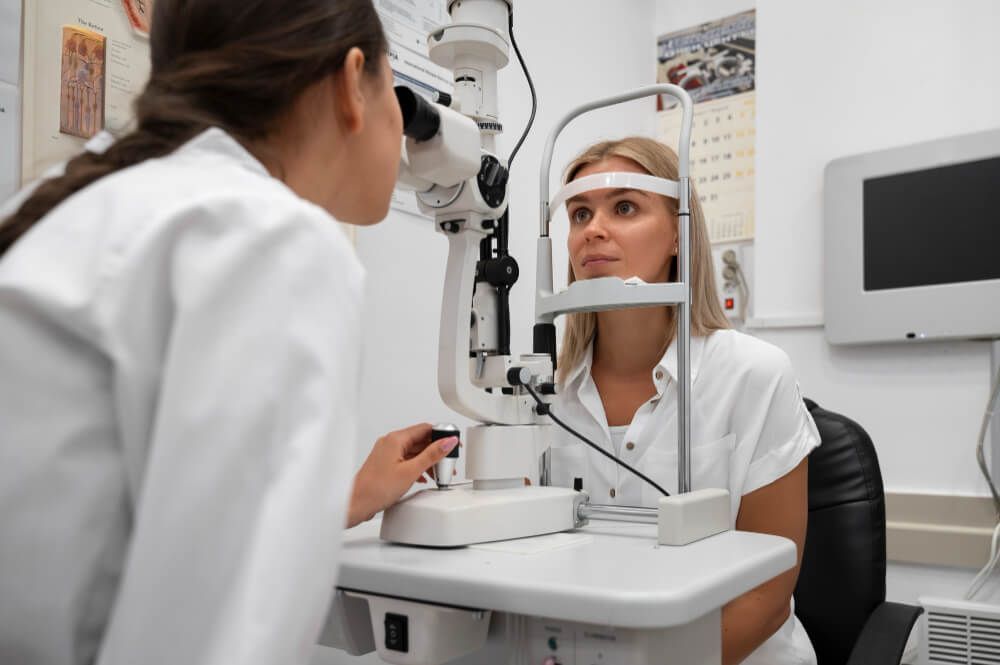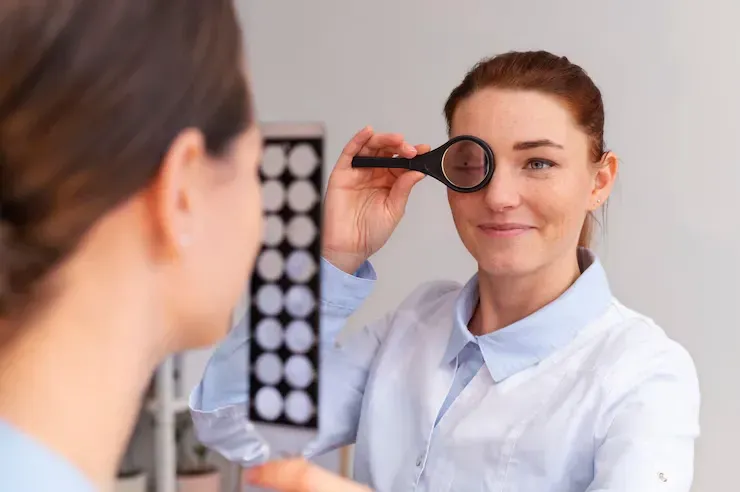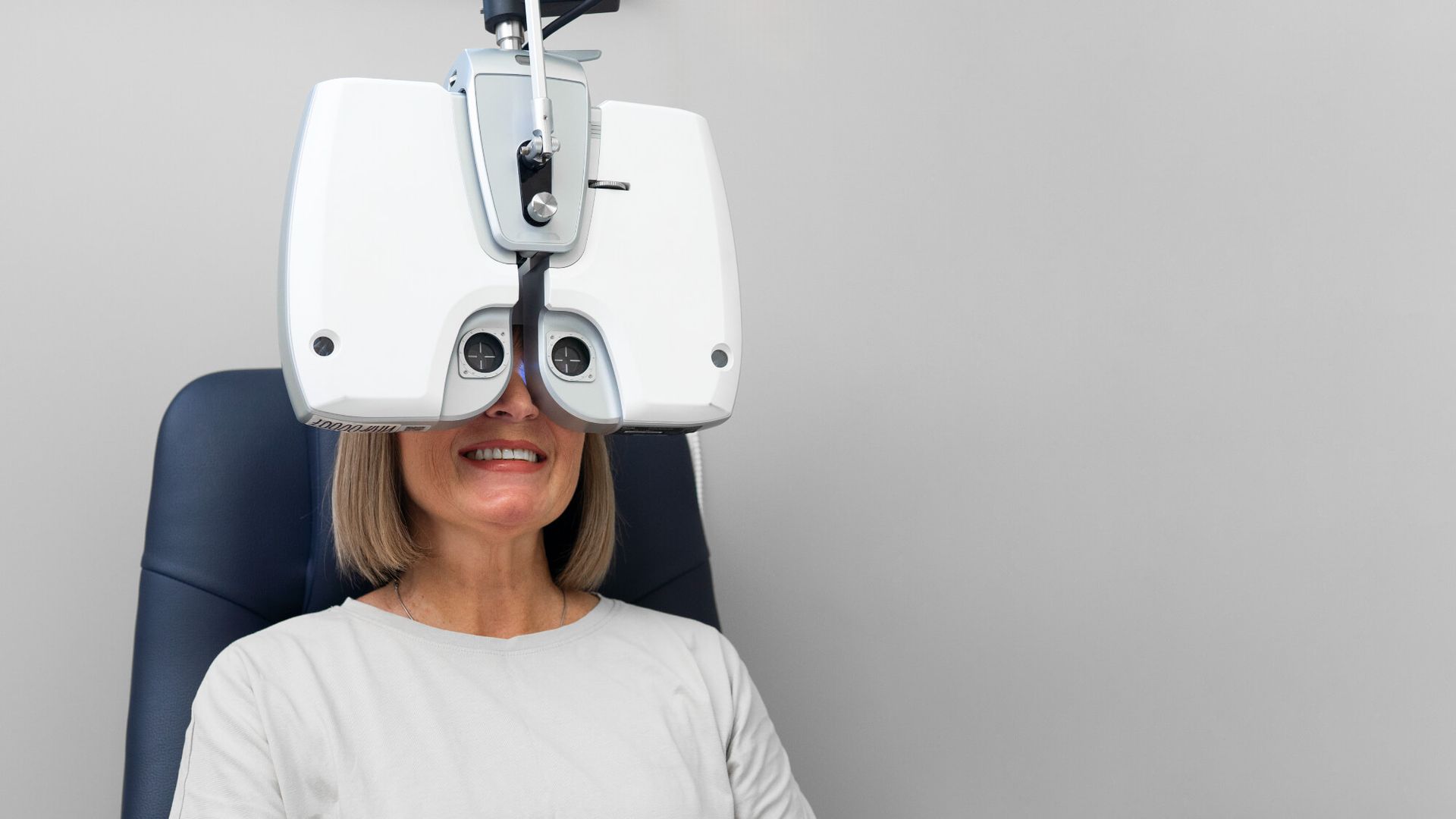LASIK and iLASIK: How Are They Different?
The body content of your post goes here. To edit this text, Let's talk real- What is the first thing that comes to your mind when speaking of sight correction treatment? You’ve probably come across LASIK, but wait! What is iLASIK? Well, if we put it in simple words, it is just a modification of LASIK surgery. We understand you must have been baffled by this new term. While both are employed in vision correction therapy due to refractive errors, both have their own merits and demerits. If you are considering Lasik Surgery in Austin, this blog will guide you through both alternatives. Let's get started!
Click on it and delete this default text, and start typing your own or paste your own from a different source.
Comprehending LASIK for Correcting Refractive Errors
Are you tired of wearing contact lenses or glasses from dusk to dawn and looking for a permanent solution to your ailment? Well, LASIK surgery is your lifesaver; it is a corrective surgery focusing on reshaping your cornea to manage conditions like nearsightedness, farsightedness, and astigmatism. While traditional LASIK surgeries involve making a flap in the cornea with the help of a specialized microkeratome blade, iLASIK uses a laser for the same.
Let’s Draw the Difference between LASIK and iLASIK
LASIK surgery in Austin is living up to the hype. Before making an informed decision, you should have a complete insight into all the facets of the available options. Let’s crush it with a well-explained differentiating table.
| LASIK | iLASIK |
|---|---|
| LASIK uses the conventional method of corneal flap creation with the help of a compact keratome blade | The contemporary methods demonstrating computer-guided femtosecond infrared laser are used in iLASIK surgery. |
| Here, the precision of the flap relies heavily on the surgeon’s accuracy. | Here, the precision of the flap relies heavily on the surgeon’s accuracy. |
| LASIK poses minimal risk but when handled by experienced professionals, rare complications like corneal aberrations or incomplete flaps can be avoided. | On the other hand, complications with iLASIK are hard to find, but never zero. |
| Traditional LASIK can cause dry eyes, halos, glare, and scotopic vision, but these are easily managed with proper medication and time. | ILASIK reduces the risk of any visual aberrations while improving vision throughout the day. |
| LASIK is typically less harmful; there is still a 3-5% chance of rare complications. Moreover, 5-15% of patients come back for reconciliation. | iLASIK has lower retreatment rates and offers overall patient safety, at the same time it is important to understand, every surgery comes with one or another risk. |
Final Words
While both are excellent options for correcting refractive defects, we should keep in mind that no one size fits all. What may seem a reliable and safer option to you might not be the case with someone else.
Restivo Laser Vision holds high in providing leading-edge treatment to our valued patients. For more information and to understand the most suitable option for you, call or book an appointment today!











